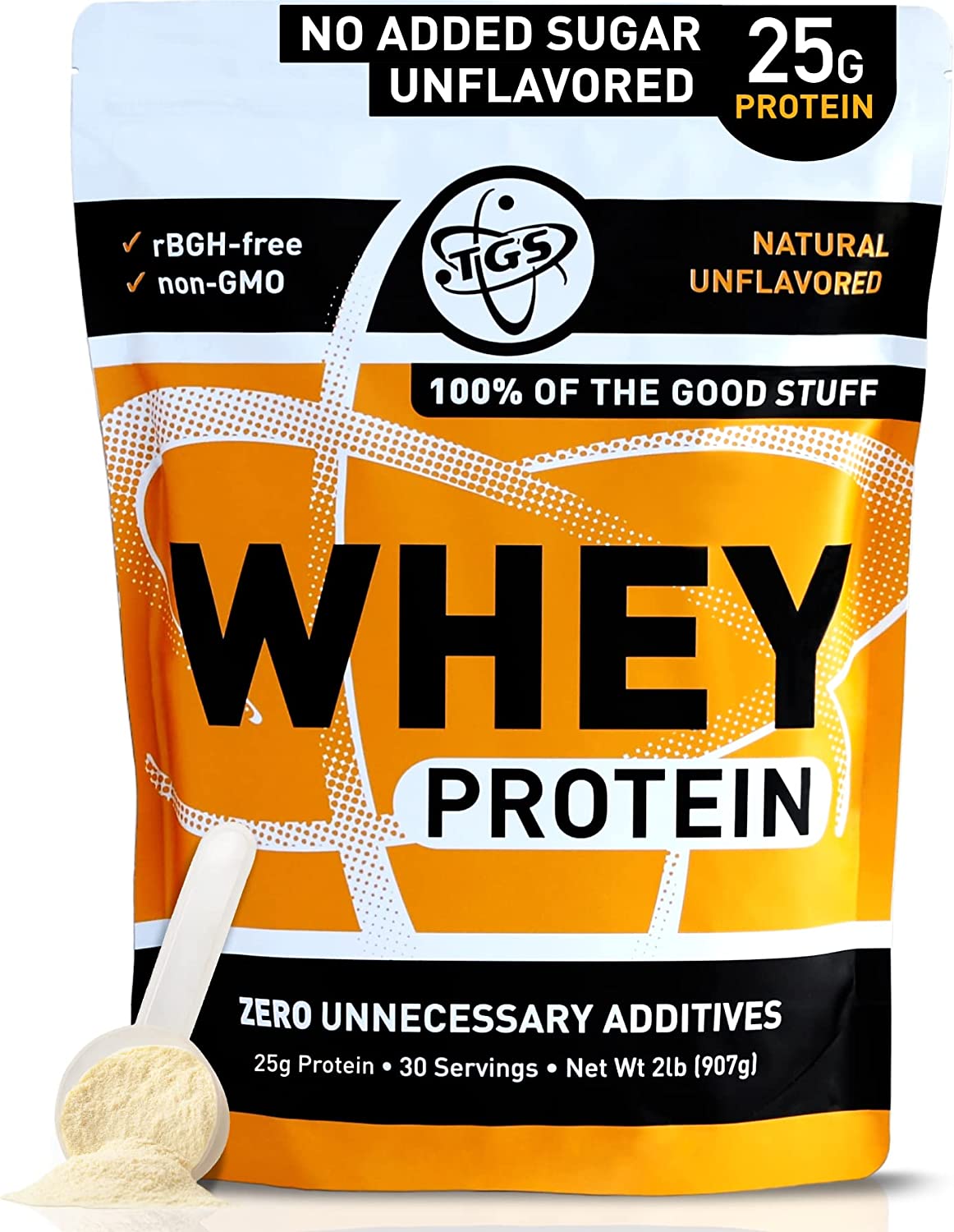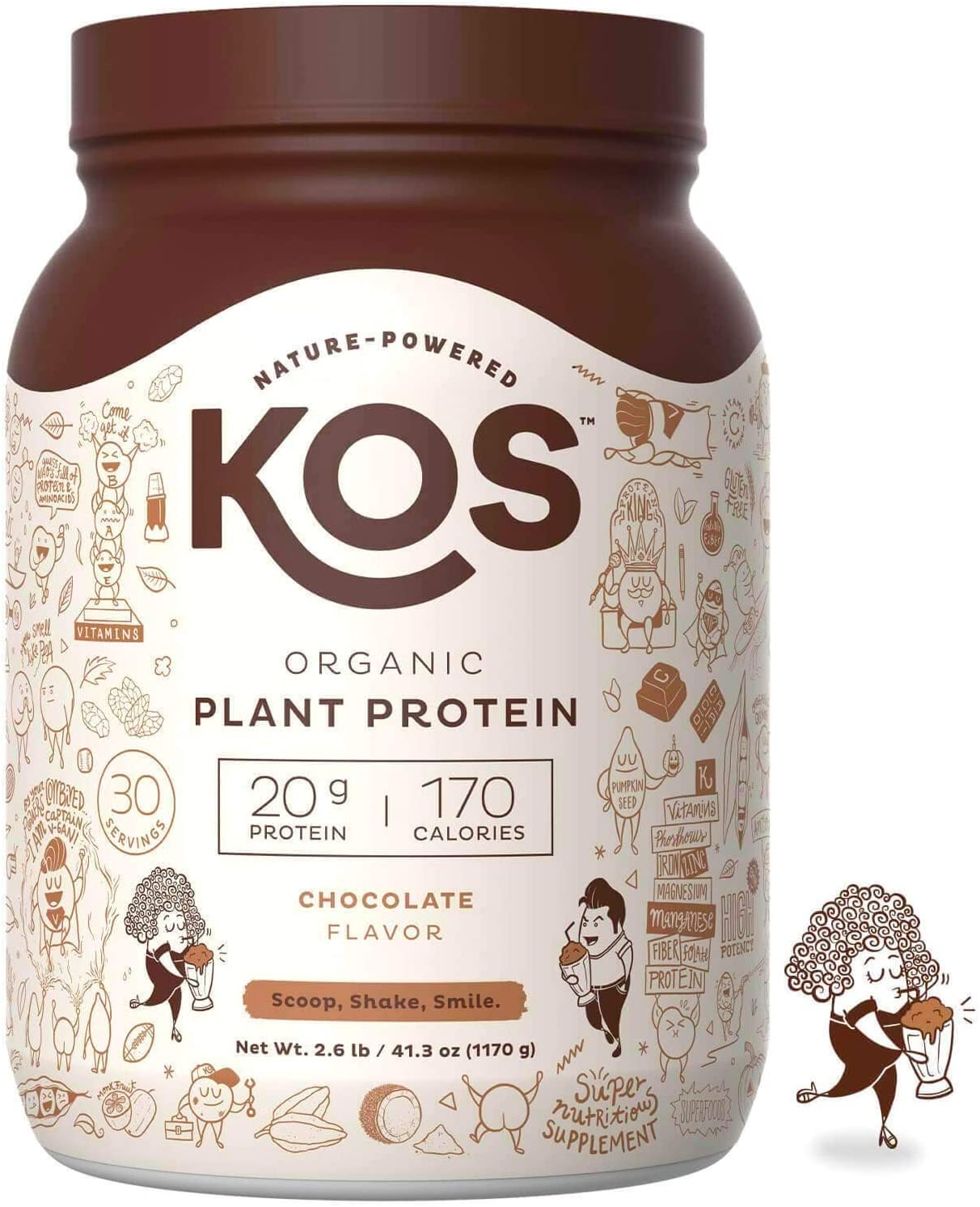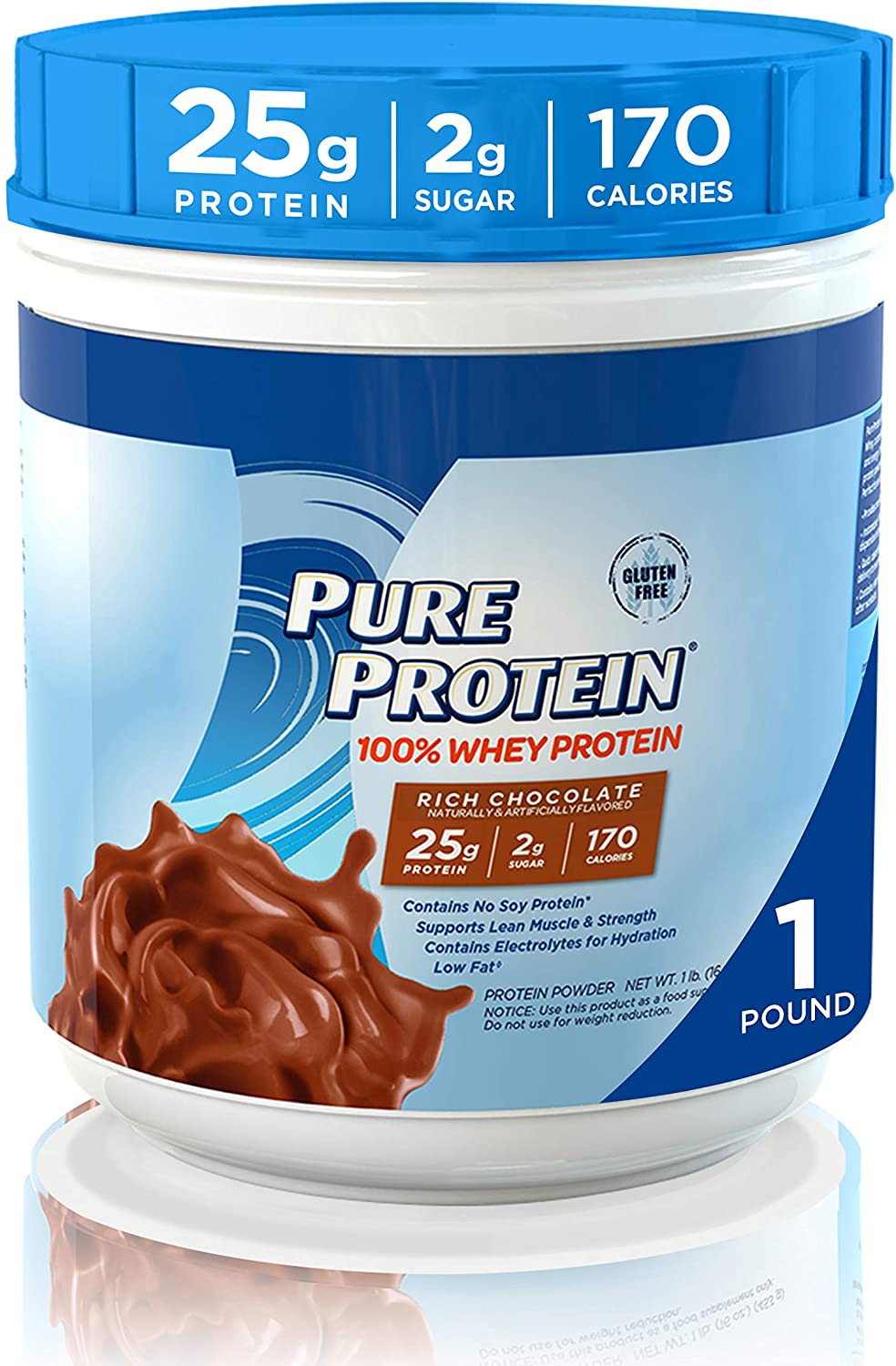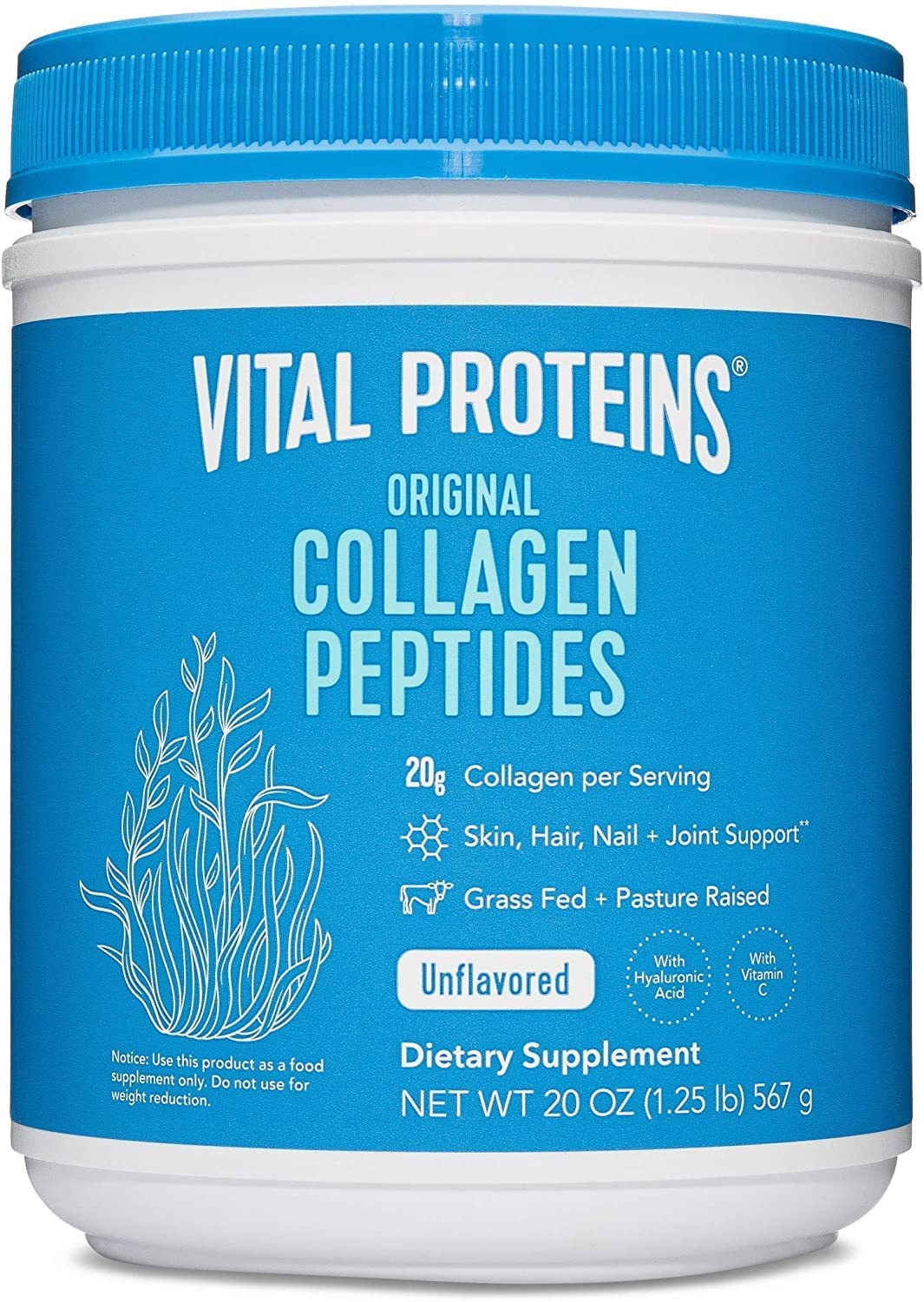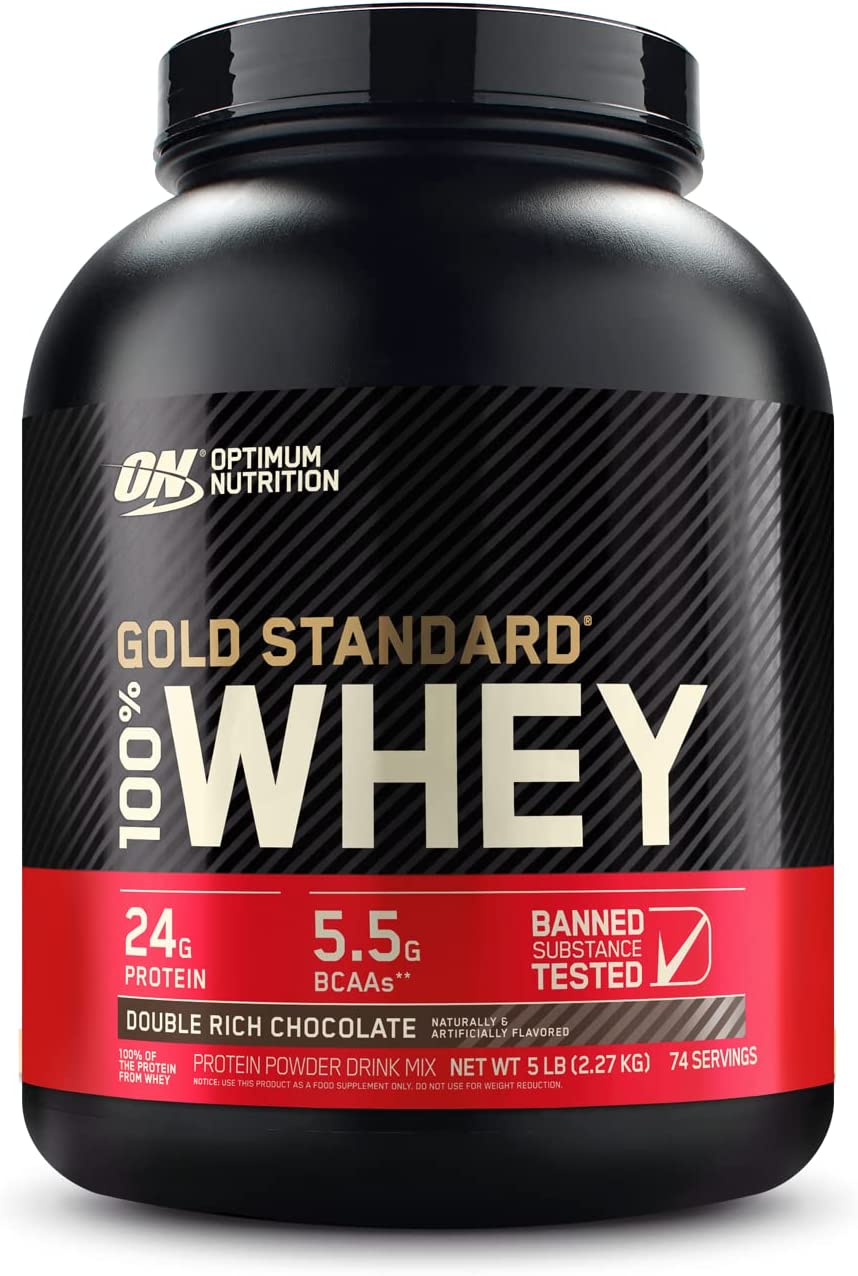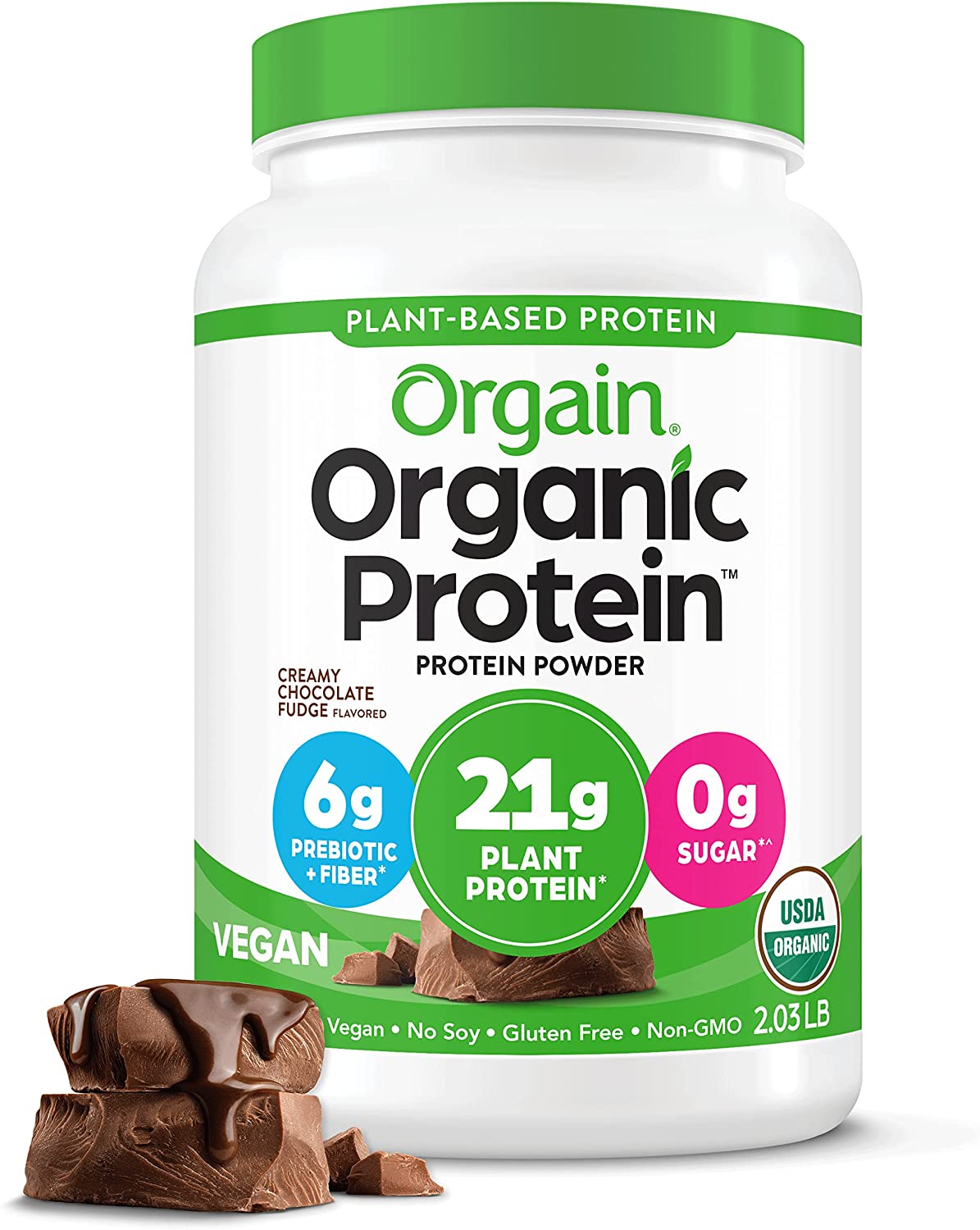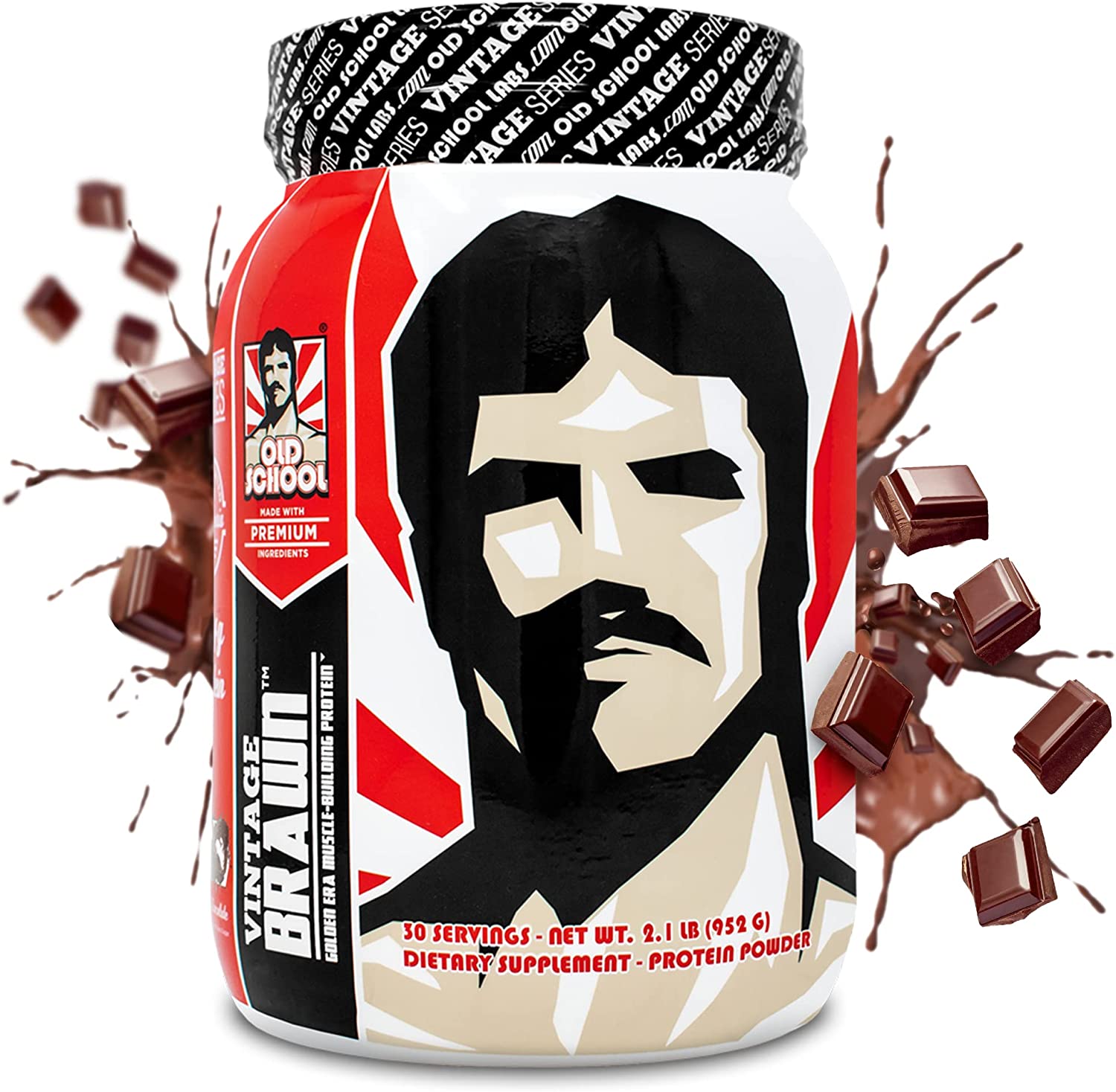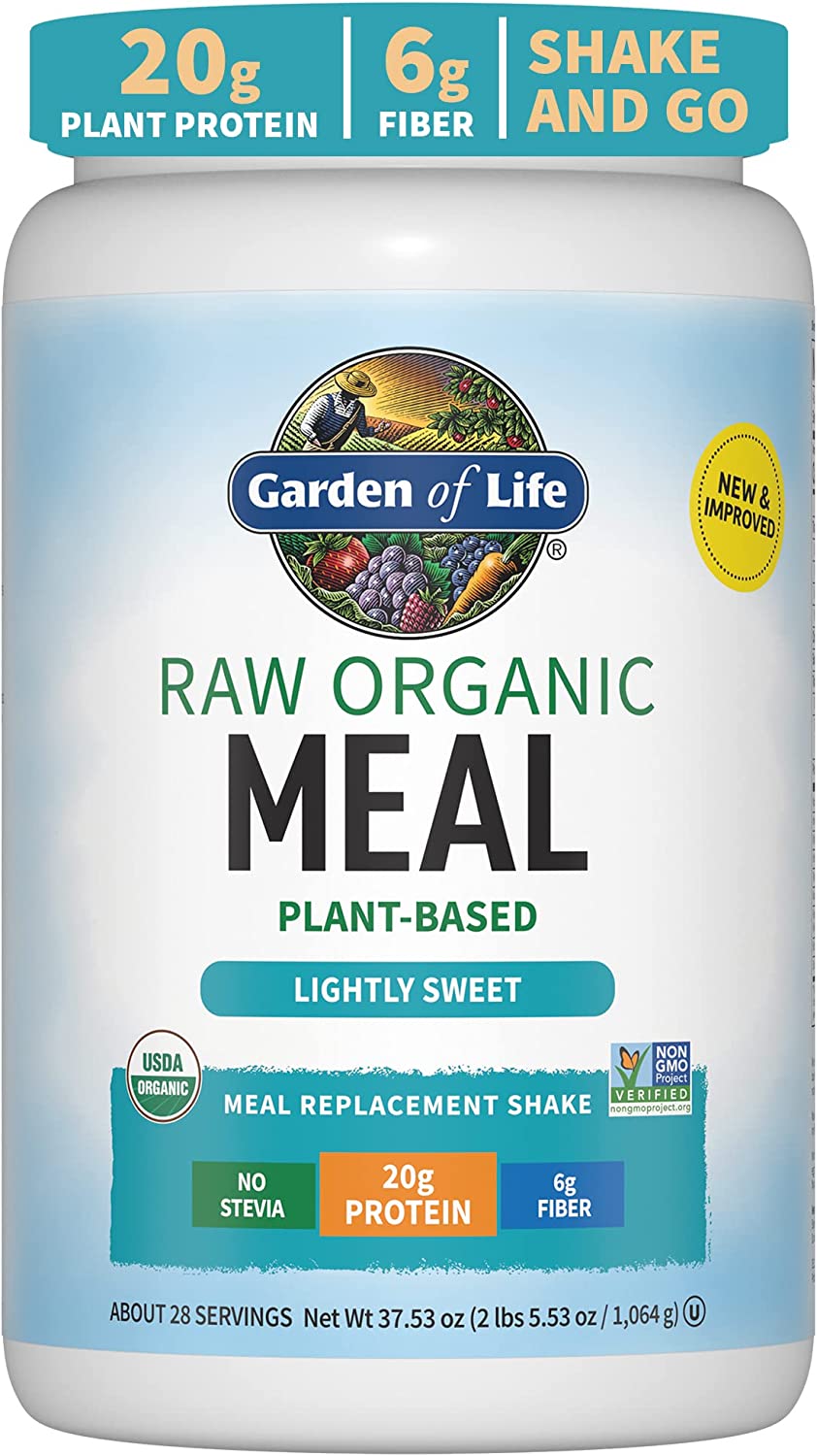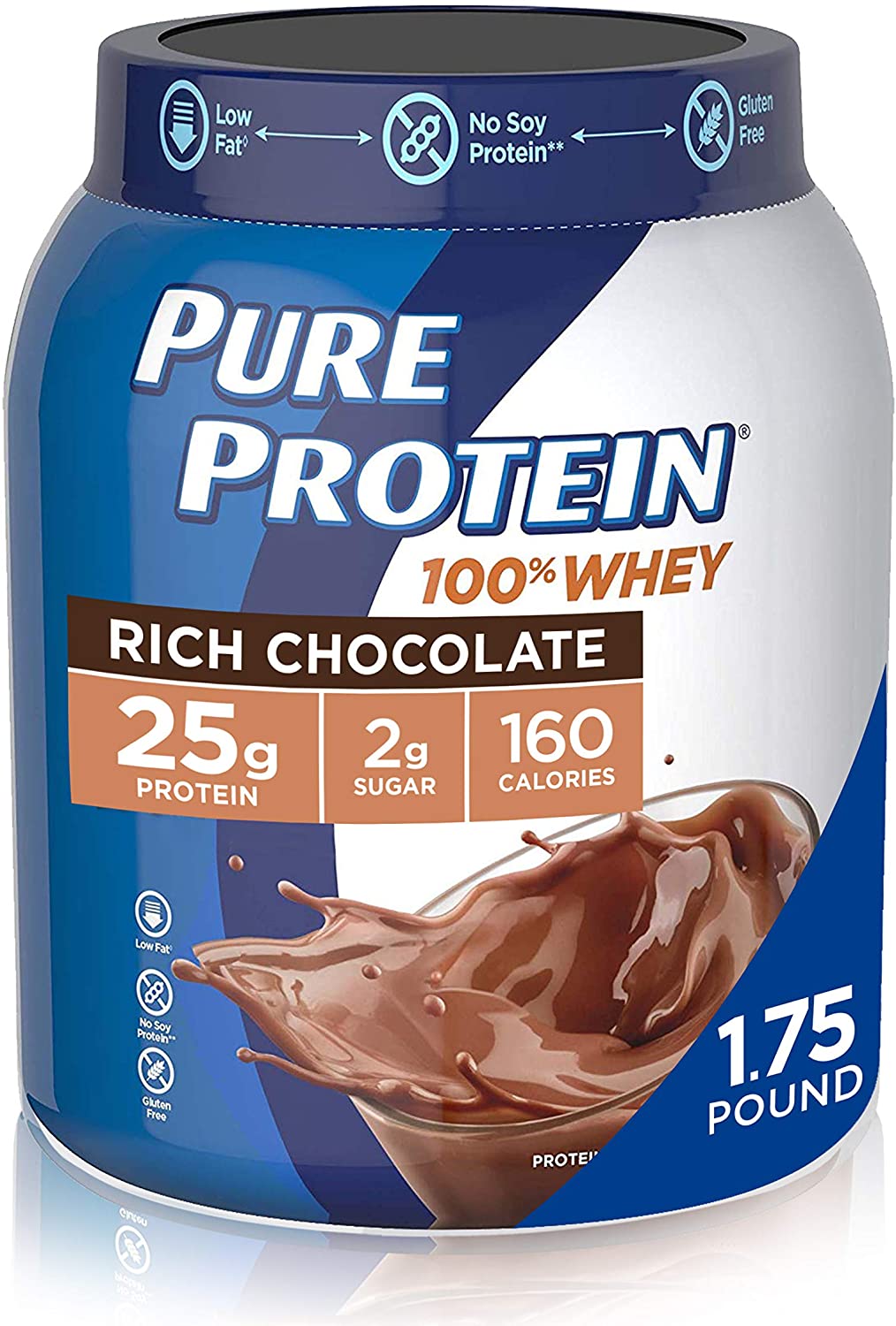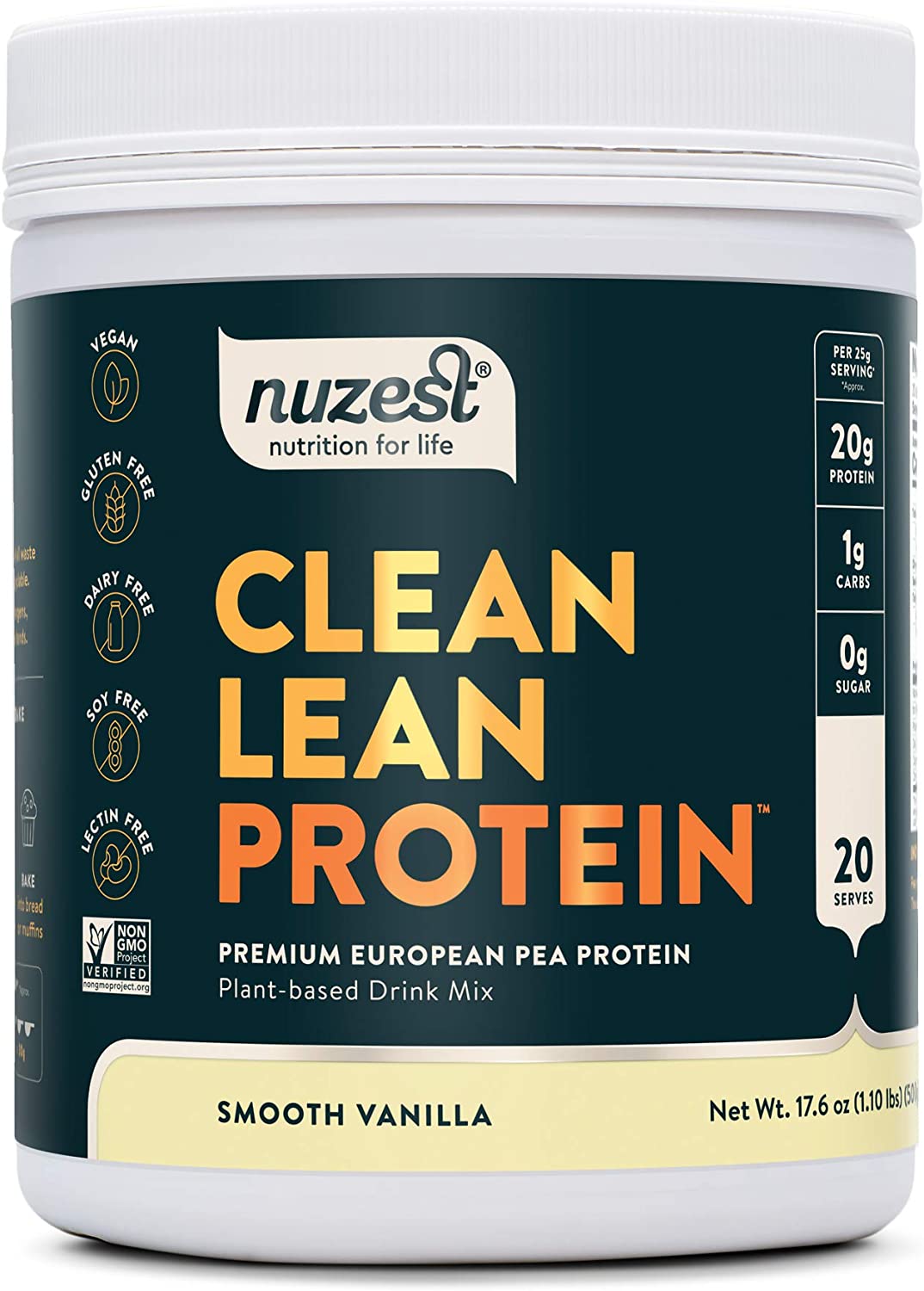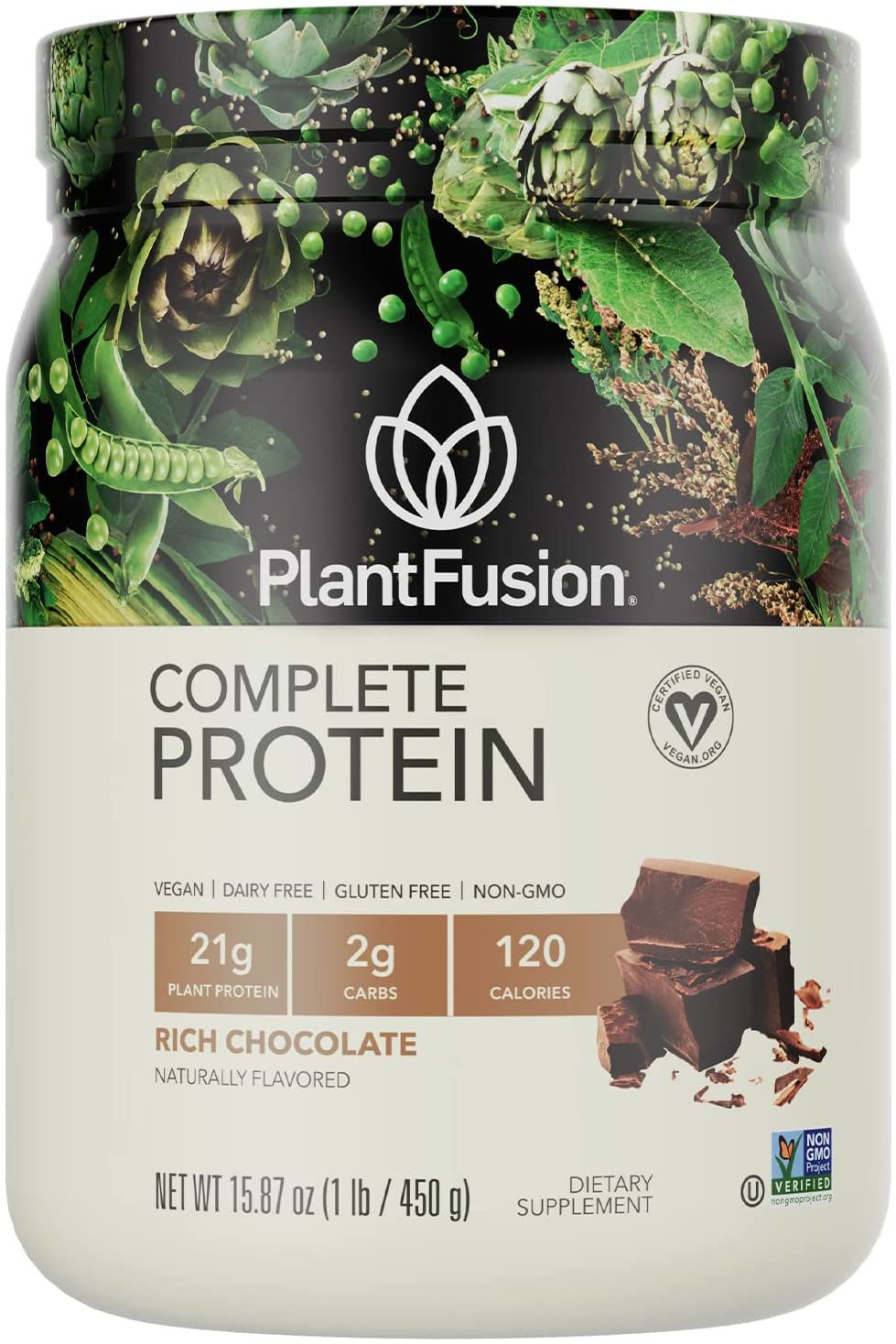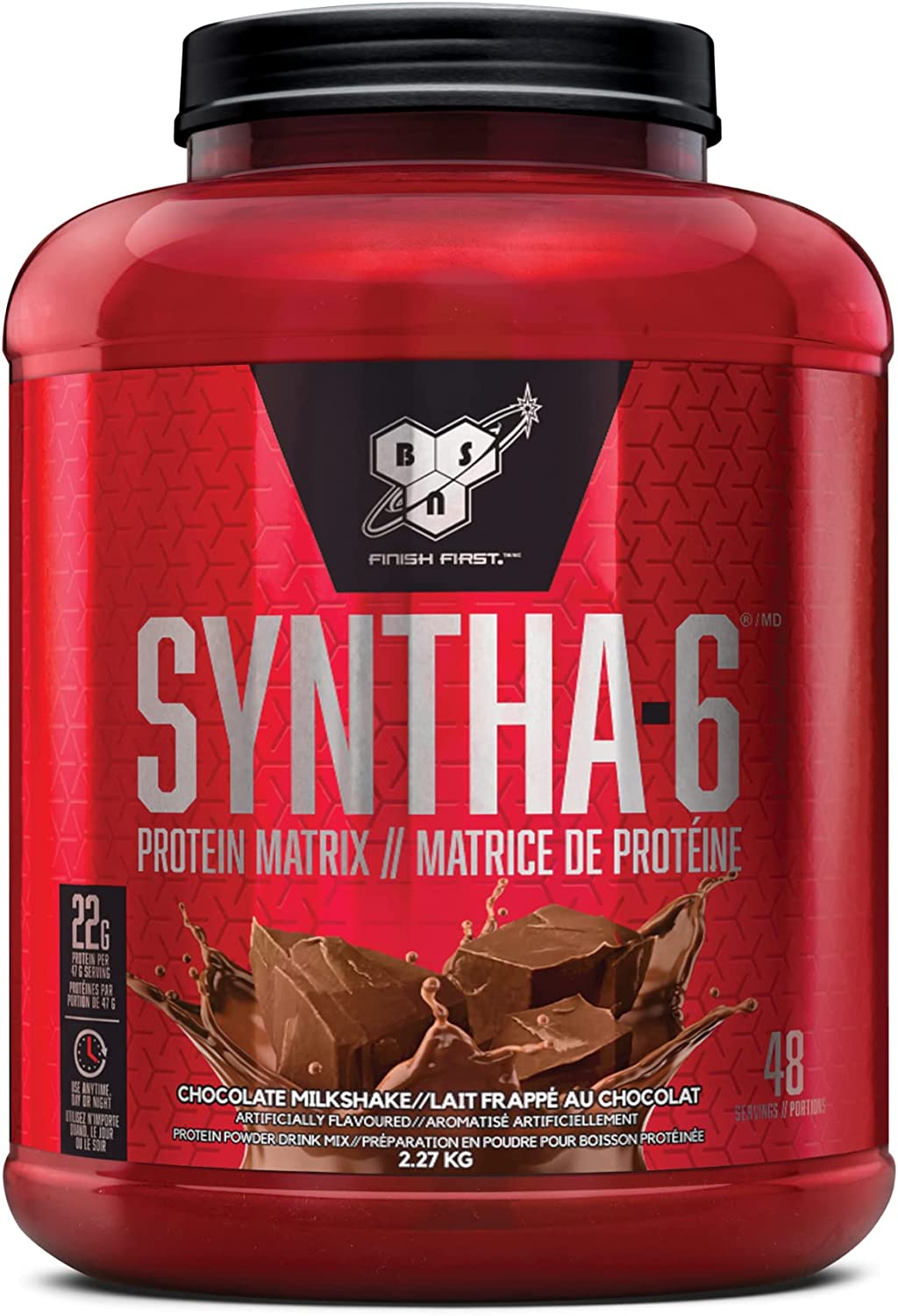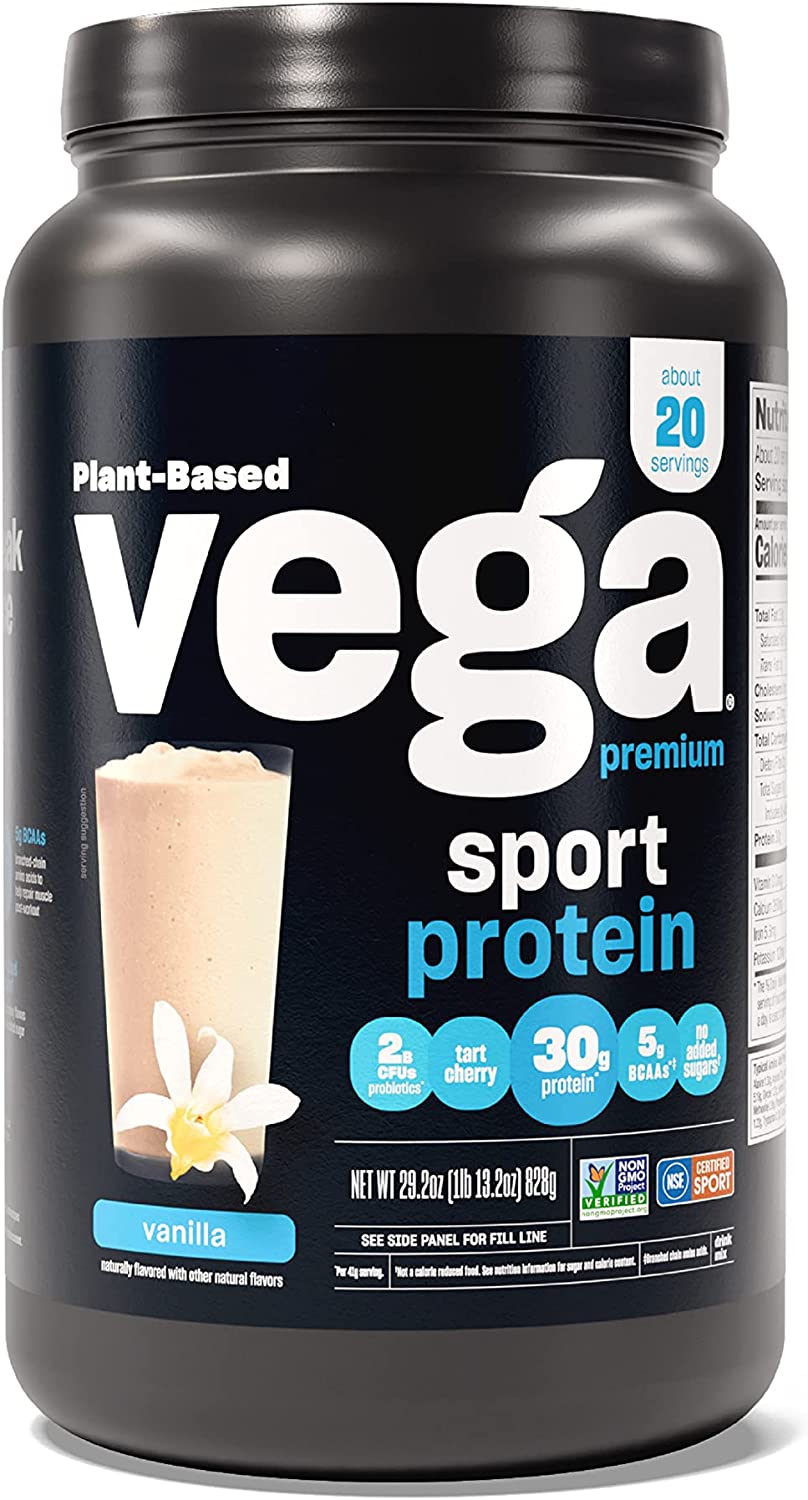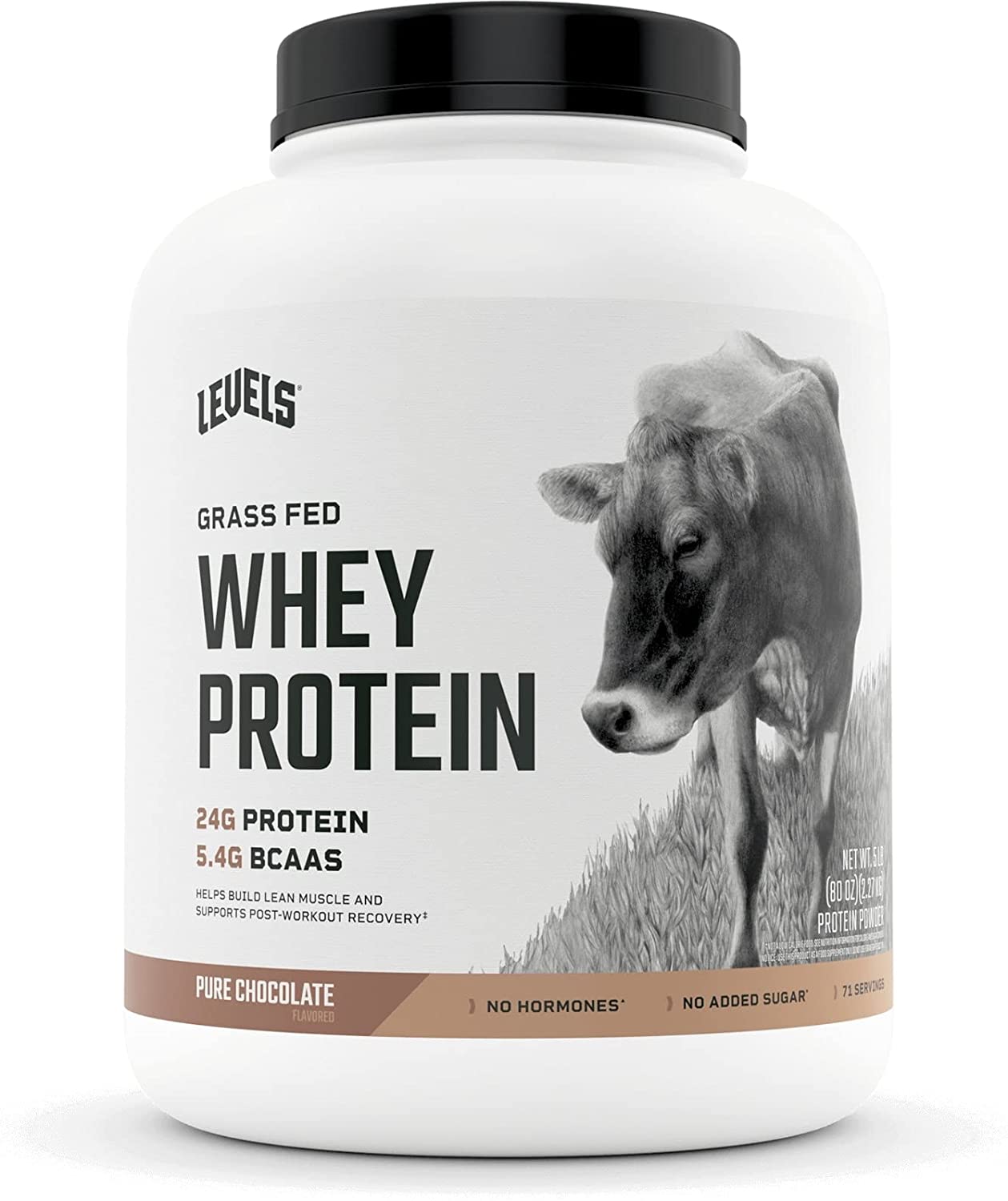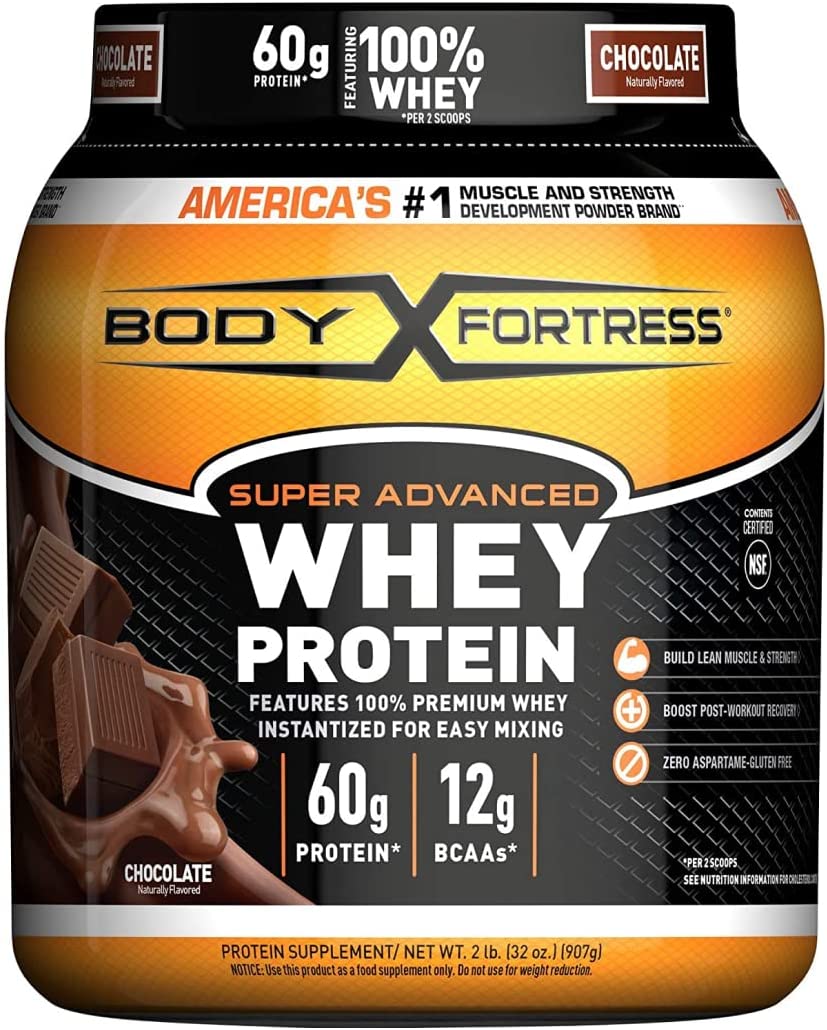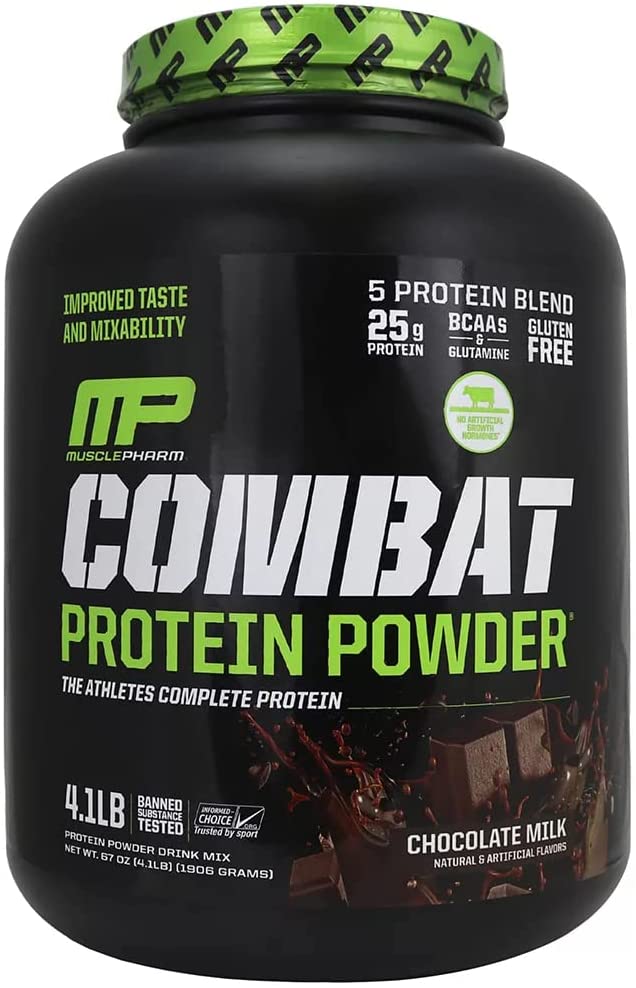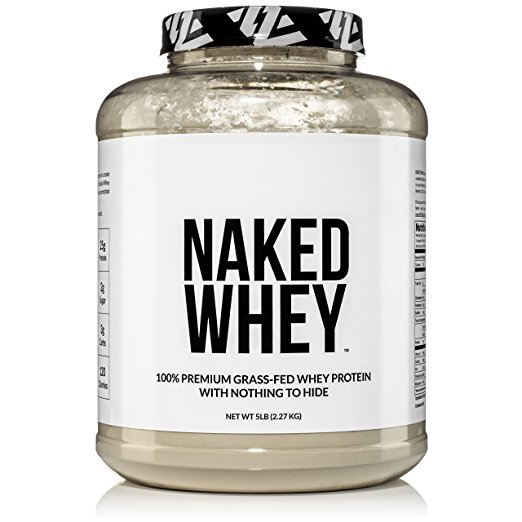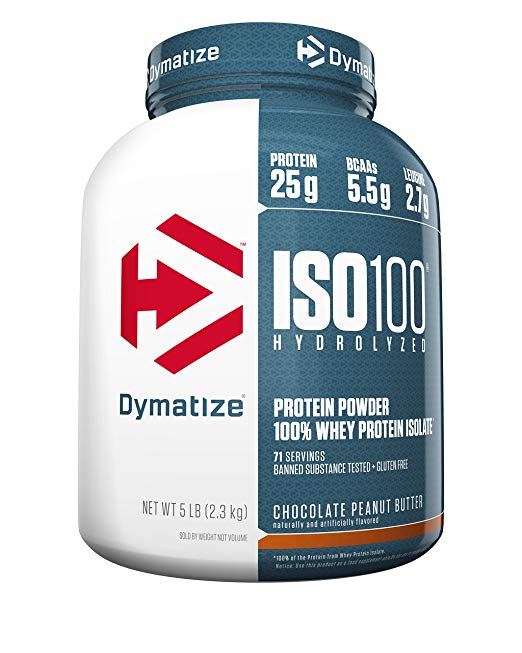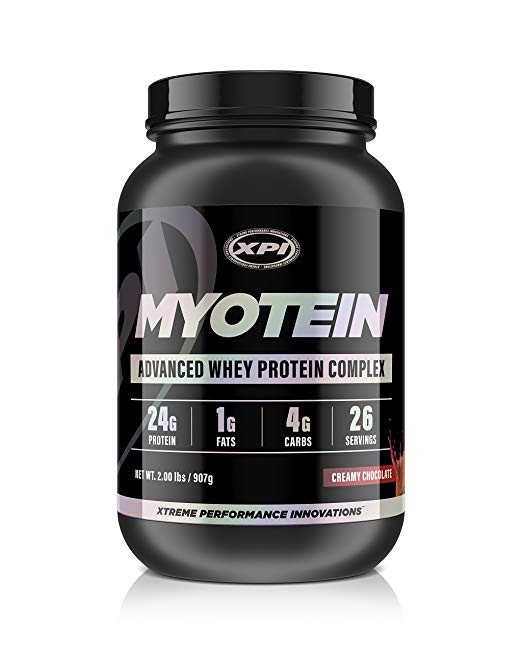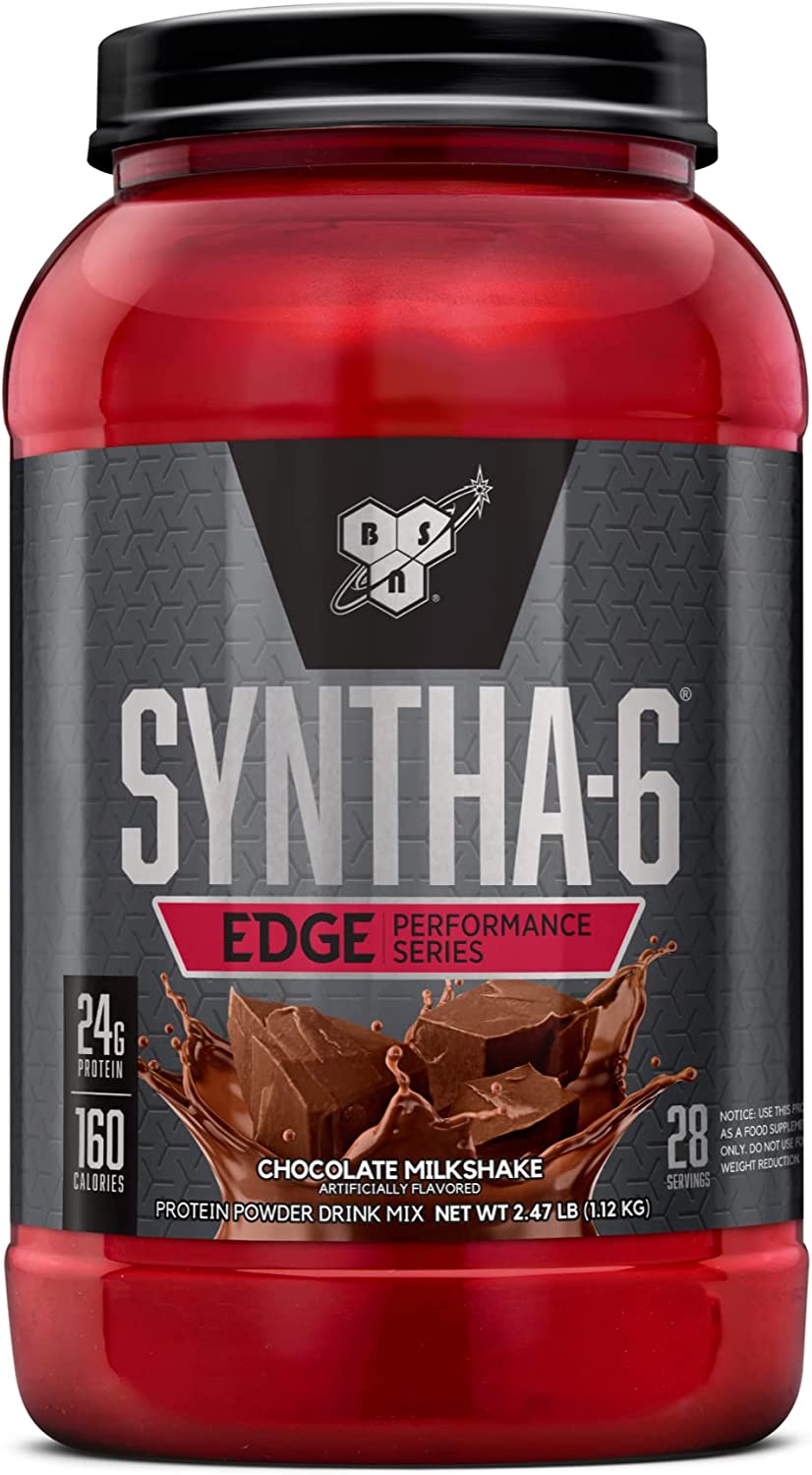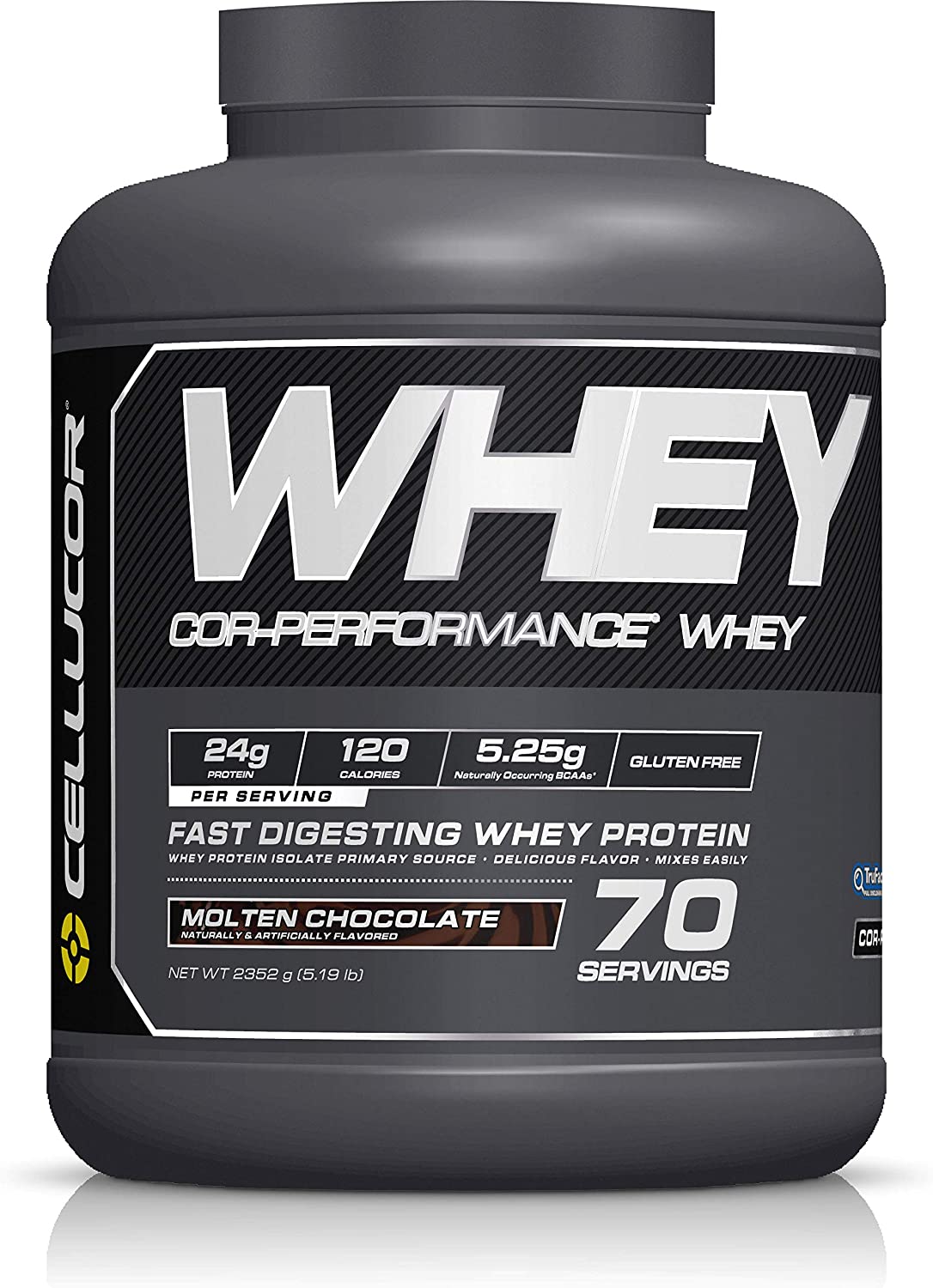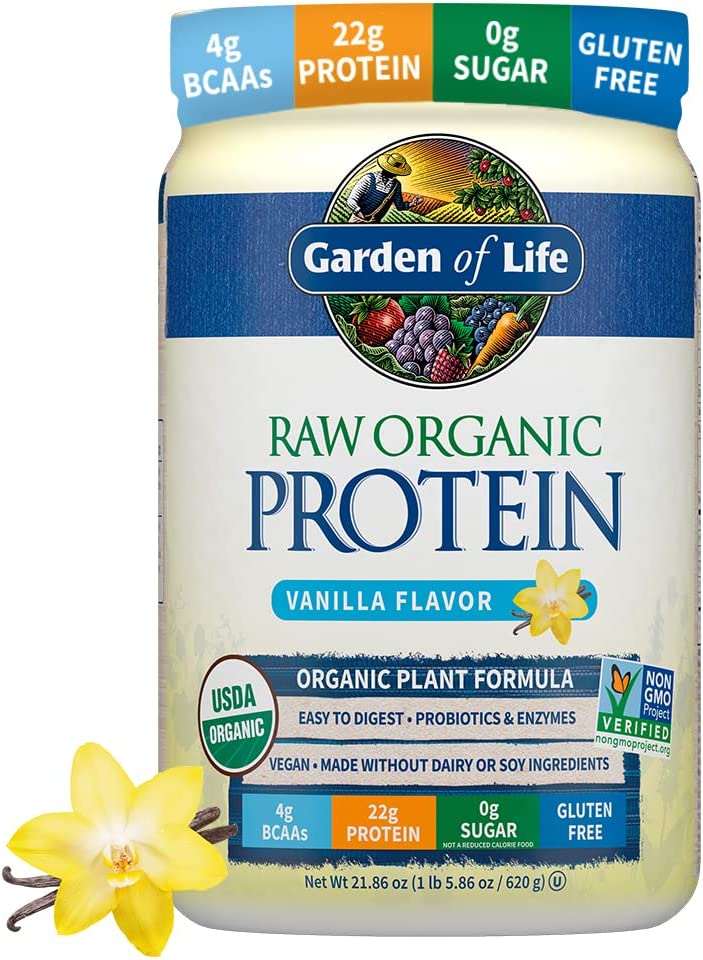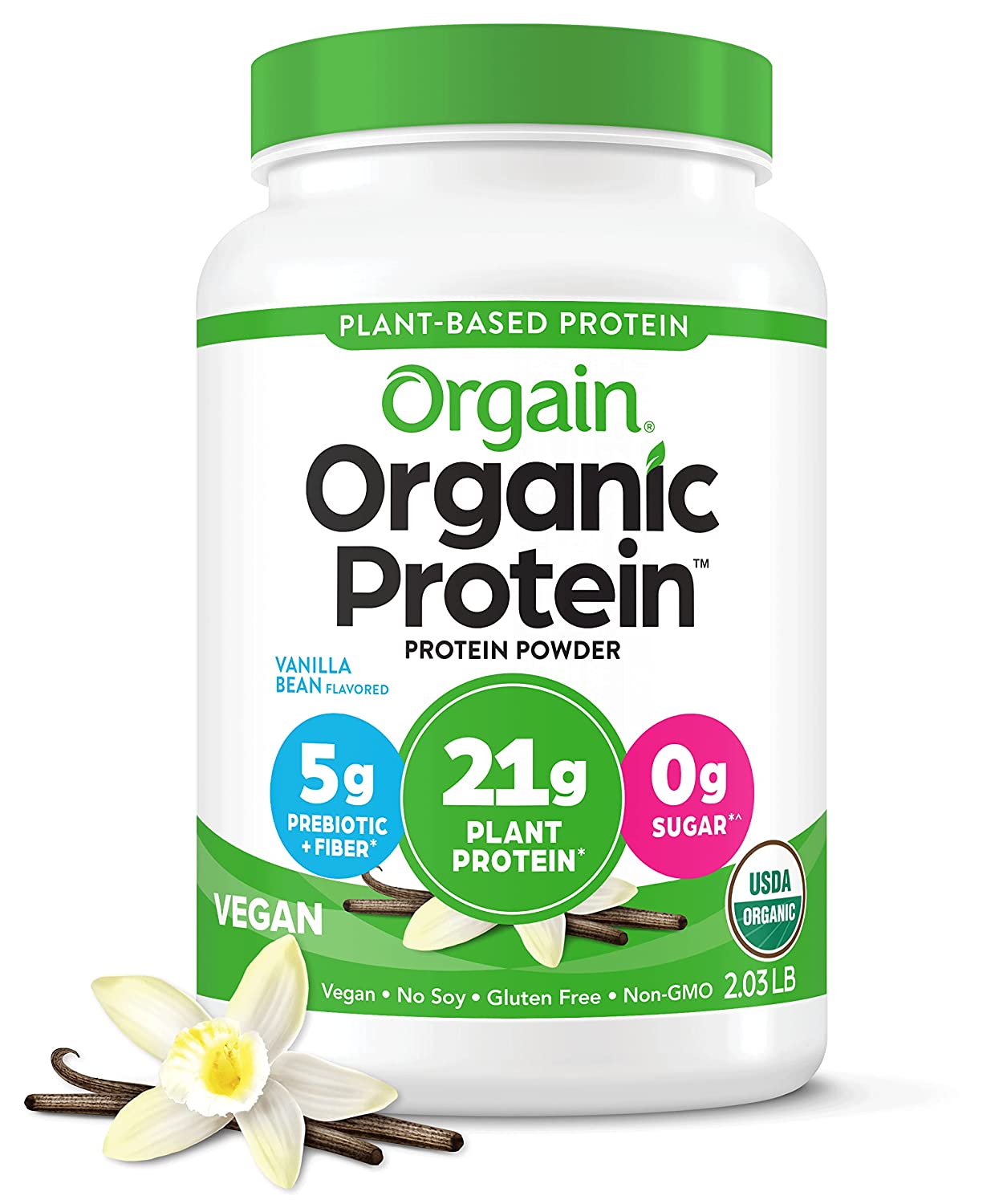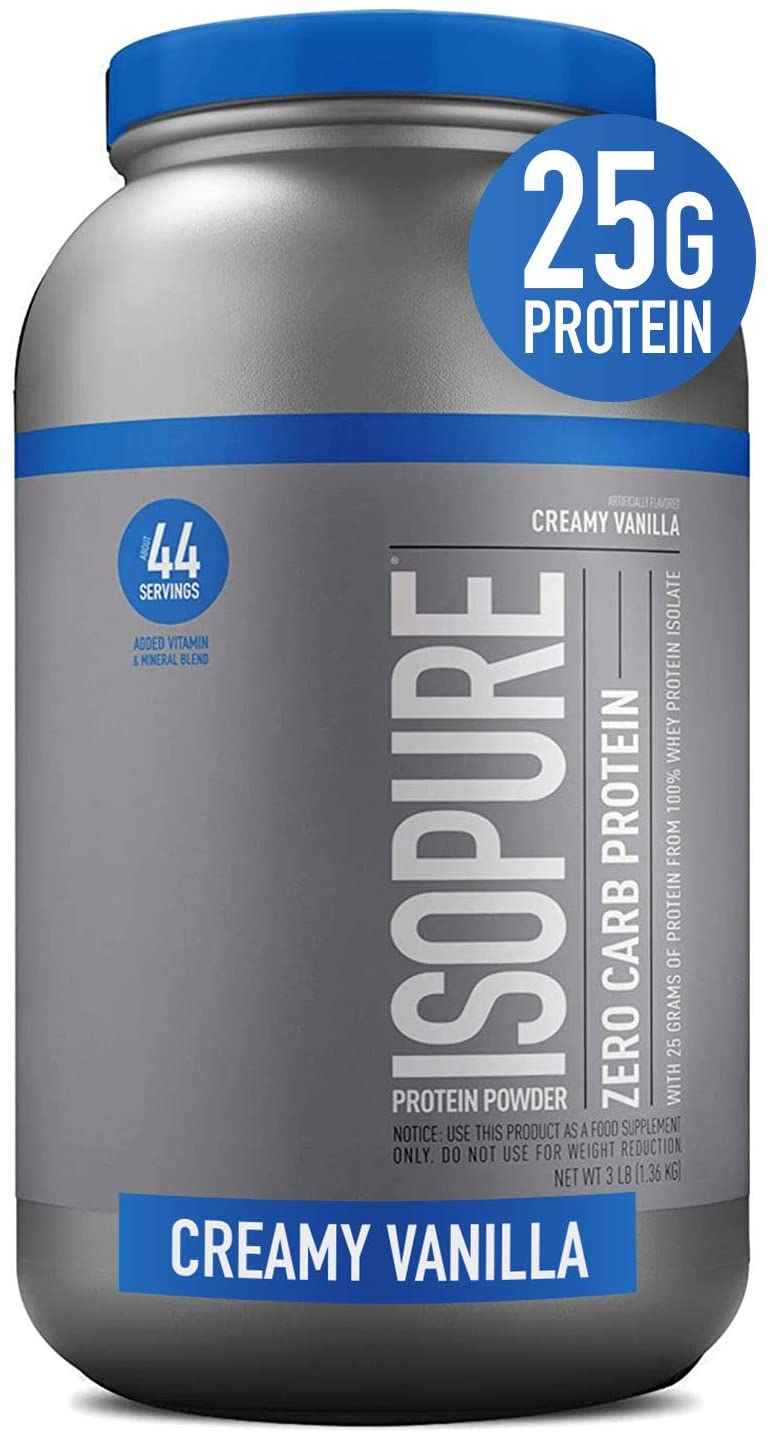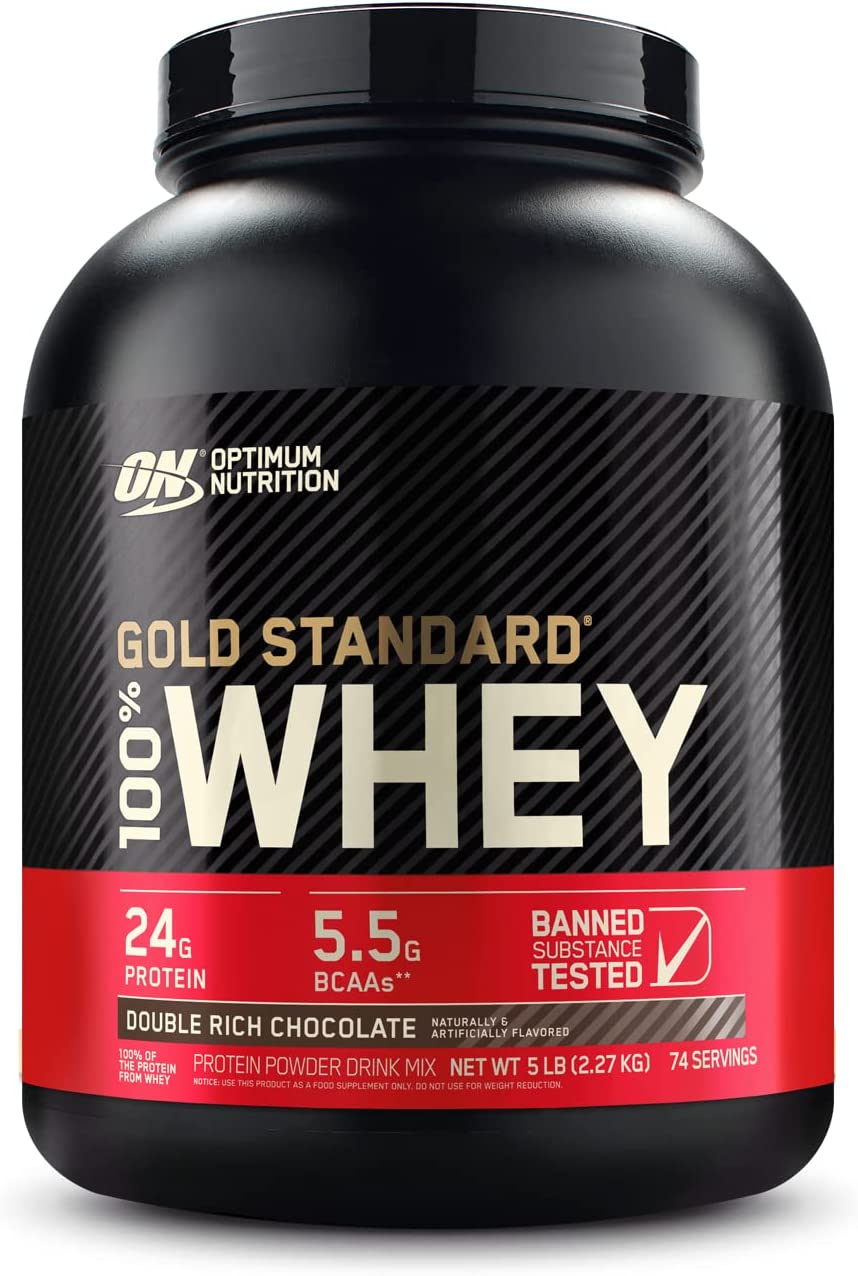TGS Vegetarian Soy-Free Protein Powder
Last updated: June 1, 2023
Made and packaged in the U.S., this whey protein powder includes ingredients sourced from American farms. The raw ingredients go through a unique filtering process that preserves the amino acids and the original protein structure. It also boasts a pleasant natural flavor.
We looked at the top Protein Powders and dug through the reviews from some of the most popular review sites. Through this analysis, we've determined the best Protein Powder you should buy.
Product Details
Key Takeaway: This protein powder is made in the U.S. of ingredients sourced from American farms.
In our analysis of 108 expert reviews, the TGS Vegetarian Soy-Free Protein Powder placed 12th when we looked at the top 25 products in the category. For the full ranking, see below.From The Manufacturer
Our whey protein powder is not only made and packaged in the USA but sourced from farms in the USA. To filter the protein we use an advanced filtration system that gently processes whey to prevent the protein structure from becoming denatured. The process ensures the native amino acid profile is maintained. No acid or bleach is used in the process.
